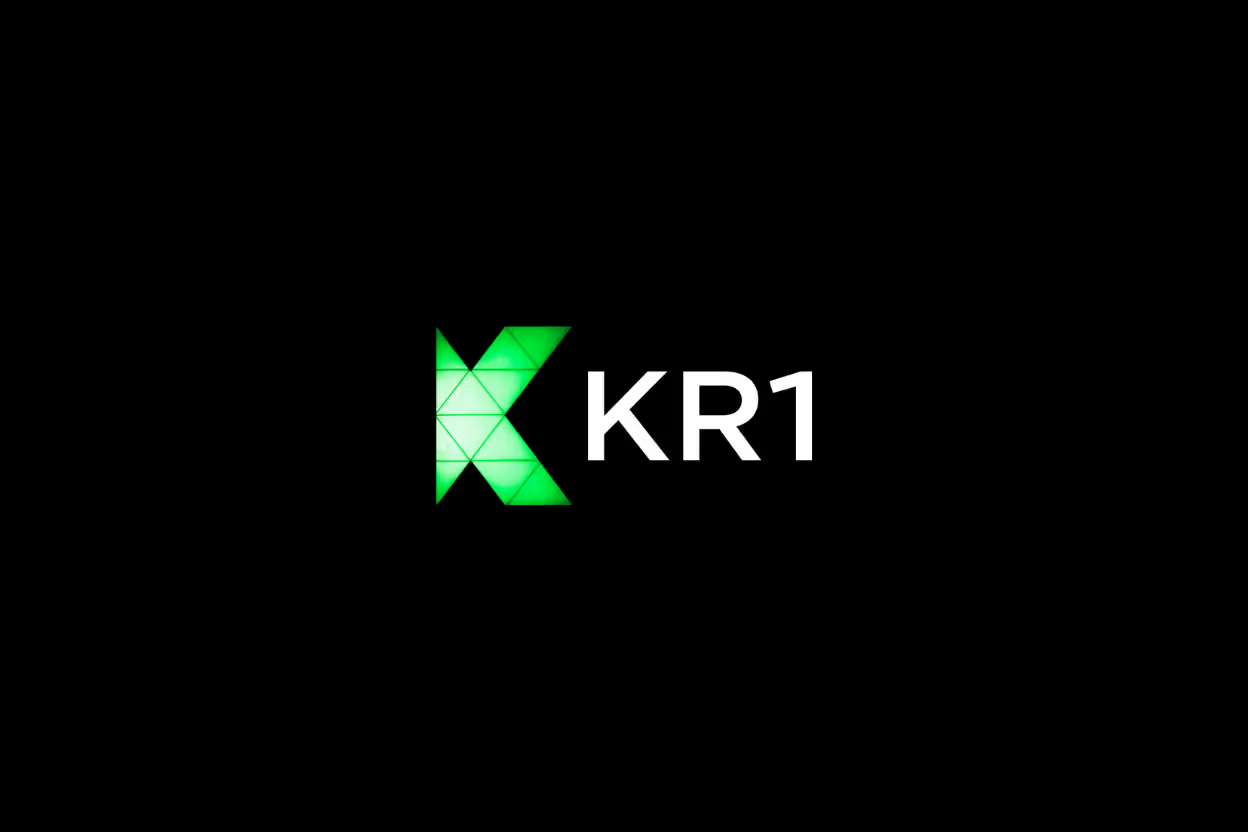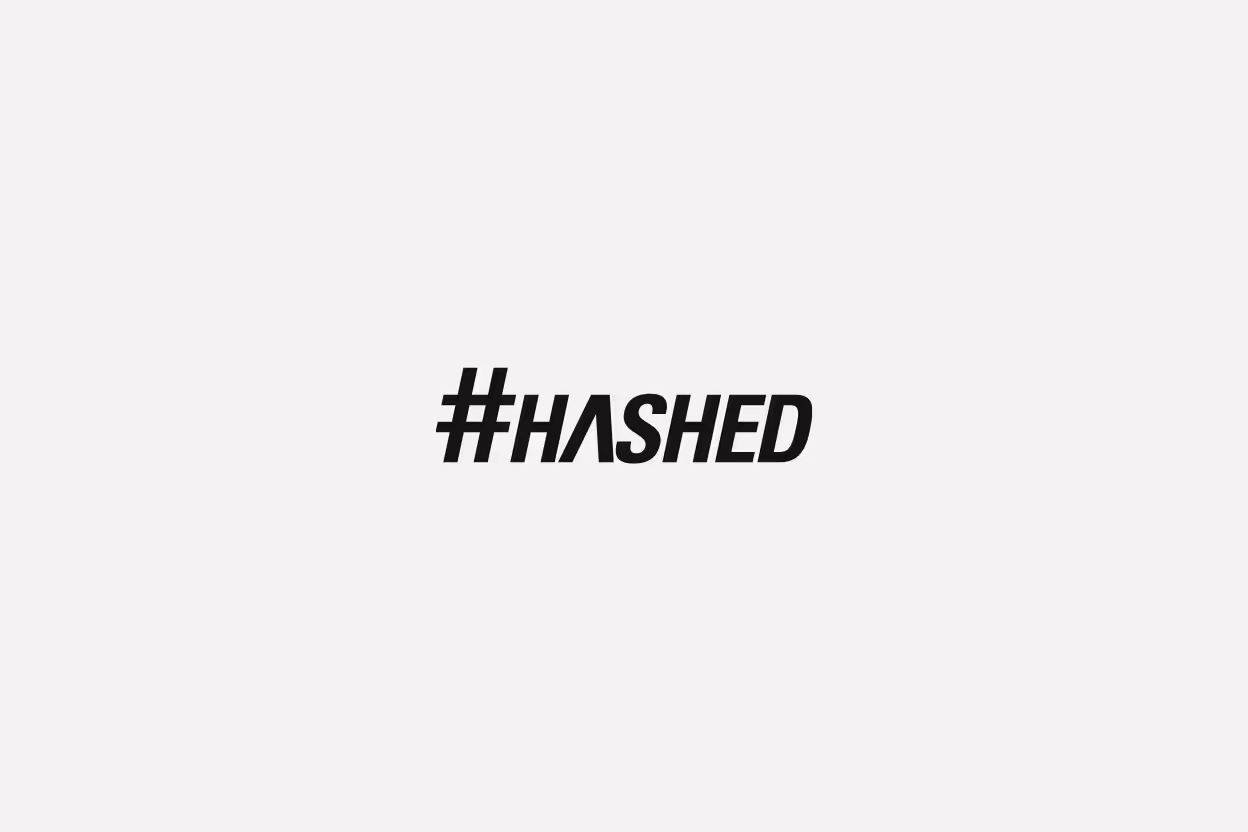Data availability plays a key role in blockchain networks by making sure that transaction data is fully accessible to all participants. Without reliable data availability, networks risk security issues and reduced trust, since it’s harder to verify the blockchain’s state.
A data availability layer (DAL) focuses on providing this accessibility in a way that supports large-scale and decentralized systems. As layer-2 solutions and modular blockchains like Celestia gain momentum, DALs become essential for managing how data is stored and shared efficiently. This helps blockchain systems grow while maintaining their security and transparency.
What Is a Data Availability Layer?
A data availability layer (DAL) forms the backbone of blockchain networks by making sure every participant can access and verify transaction data without relying on a central party. This access isn’t just about storing data; it’s about guaranteeing that data is available immediately and in full. Without this assurance, blockchain networks would struggle to maintain their core properties like decentralization and trustlessness. Below, we break down what a DAL does and how it handles data in different blockchain architectures.
Core Functions of a Data Availability Layer
At its core, a data availability layer ensures that every node in the network can independently retrieve and check the data they need to validate transactions and state changes. This function removes the need for trust in any single source and strengthens the system’s security. Think of a DAL as a public library where anyone can browse the shelves and verify the books are there, without needing to ask a librarian.
Here’s why this is so important:
- Decentralization: When all nodes can access the data, no single actor controls the blockchain's knowledge or power over transaction validation.
- Security: Data availability prevents attacks where malicious actors might hide transaction data or only show selective parts.
- Trustlessness: Users don’t need to trust third parties or intermediaries since every piece of data is accessible and verifiable directly on the network.
Without a reliable DAL, participants might face data withholding attacks or be forced to trust others blindly. Ensuring data is fully accessible maintains the integrity and openness that blockchains promise.
On-Chain vs. Off-Chain Data Availability
The way blockchains store data heavily influences their speed and scalability. There are two main approaches: on-chain and off-chain data availability.
On-Chain Data Storage
In traditional monolithic blockchains like Bitcoin or Ethereum (before upgrades like sharding), every node stores all transaction data directly on the chain. This means data availability is straightforward — it’s baked into the ledger itself. But this approach comes with a price: it limits how many transactions the network can process per second. Nodes have to store and verify all data, creating bandwidth and storage constraints.
Off-Chain Data Storage
Modular blockchains and layer-2 solutions, including rollups, handle data availability differently. They separate execution from data availability, storing transaction data off-chain but ensuring it remains accessible and verifiable through a DAL. For example, Celestia specializes in providing this data availability layer independently.
This setup offers several advantages:
- Scalability: Nodes no longer need to process every detail of the transaction data immediately.
- Higher Throughput: Networks can handle many more transactions since execution layers focus on computing, while DALs manage data access.
- Flexibility: Developers can build diverse applications without burdening the main chain with every byte of data.
Separating data availability from execution solves a long-standing issue in blockchain design, enabling networks to grow without sacrificing security or decentralization. It raises an important question for founders: how does your project handle data availability, and can it scale with your vision?
Understanding these fundamentals can help you evaluate blockchain infrastructure with a focus on where data lives, how it’s shared, and how it affects your project's security and performance.
Technical Mechanisms Behind Data Availability Layers
Understanding the mechanics behind data availability layers helps to appreciate how blockchain networks handle large volumes of data securely and efficiently. These mechanisms prevent data from being hidden or withheld by malicious actors, while keeping verification light for network participants. Let’s break down the key technical components that power DALs.
Erasure Coding and Data Reconstruction
Erasure coding is like slicing data into pieces and adding extra slices that act as backups. This method introduces redundancy, allowing missing or corrupted data chunks to be rebuilt from what’s available. Think of it as a puzzle where you don’t need every piece to see the full picture; some pieces fill in the gaps.
In the context of DALs, erasure coding protects against data withholding attacks. If a node tries to hide certain data portions, the system can reconstruct the missing parts using the redundant pieces. This ensures all nodes can recover the full dataset even if some parts go missing or are deliberately withheld.
By making data reconstruction possible, erasure coding raises the bar for attackers who want to hide transaction data. It maintains the integrity and accessibility of blockchain information without forcing every participant to store or download every single byte.
Data Availability Sampling (DAS)
Verifying data availability sounds like a lot of work—does every node really need to download the entire block? Data Availability Sampling answers this problem effectively. Instead of checking all information, nodes randomly pick small chunks of the data and verify that those samples are accessible.
If these random samples are available and valid, the chance the entire block is missing or withheld is very low. The more samples a node checks, the higher the confidence in overall availability. This approach drastically reduces the bandwidth and storage burden on nodes.
DAS enhances both scalability and security. It enables many participants to verify data quickly, no matter how large the dataset becomes. Without sampling, scaling blockchain networks would require heavier demands on every node, which slows down growth and reduces decentralization.
Data Availability Committees (DACs) and Permissionless Protocols
Data Availability Committees (DACs) operate as trusted groups responsible for guaranteeing data availability. These committees are permissioned, meaning only certain entities can participate. While DACs can be efficient, their permissioned nature introduces risks of centralization and trust reliance on a select few.
To avoid these downsides, permissionless DAL protocols rely on open participation and economic incentives. For example, Celestia uses a permissionless and decentralized model, where validators and nodes work together without a fixed committee. This design reduces trust assumptions and allows data availability to be maintained in a fully open network.
Permissionless DALs often incorporate game-theoretic incentives to deter bad behavior and ensure data remains accessible without depending on any central authority. This makes them better suited for truly decentralized blockchain ecosystems.
These technical layers unlock how blockchains can remain decentralized and secure while handling growing data demands. If you want to explore how modular blockchains implement these mechanisms, keep an eye on projects like Celestia, which specialize in pioneering permissionless data availability solutions.
The Role of Data Availability Layers in Layer-2 Solutions
Data availability layers (DALs) have become a key piece in scaling blockchain networks, especially when it comes to layer-2 solutions like rollups. Instead of storing all transaction data on the main chain, layer-2 solutions handle execution off-chain but still need to guarantee that the data remains accessible and trustworthy. This is where DALs come in.
They act as a dedicated infrastructure that stores and serves transaction data securely and reliably. This separation enables layer-2 systems to increase throughput while making sure data needed to finalize transactions or resolve disputes is always available. Let’s take a closer look at why rollups rely on DALs, and how these layers strengthen the overall security and trust of the blockchain.
Why Do Rollups Need Data Availability Layers?
Rollups bundle many transactions off the main chain to improve scalability and reduce fees. However, they must still publish data that proves what happened off-chain to the base layer for finality and dispute resolution. Maintaining this data on-chain would negate much of the scalability benefit.
Data availability layers solve this by:
- Offloading data storage from the main chain to a specialized layer optimized for data accessibility.
- Making sure that all the transaction data from rollups is published, stored, and available without delay.
- Enabling validators and users to access this data at any time to confirm that rollup state transitions are valid.
- Supporting dispute resolution by providing the evidence needed to verify or challenge transactions in the event of conflicts.
Think of the DAL as a public ledger where rollup data sits—always open and ready for anyone to inspect. Without it, rollups would face risks of data withholding, which could undermine finality or lead to censorship.
How Data Availability Enhances Security and Trust
Security and trust depend heavily on ensuring that transaction data isn’t hidden or manipulated. Data availability layers guarantee this by providing open and reliable access to all off-chain data.
Here’s how DALs boost security and trust:
- They prevent censorship by making unavailable data attacks unfeasible. When everyone can retrieve transaction data, no single actor can block or hide information.
- They guarantee transparency by ensuring that all participants—validators, users, and observers—have continuous access to the full dataset.
- They enable dispute resolution processes by storing data needed to verify transactions, so nodes can challenge invalid claims effectively.
- By relying on cryptographic proofs and sampling methods, DALs reduce the risk of data withholding, keeping the system honest without requiring every node to download everything.
In essence, the DAL acts like a watchdog that constantly monitors data availability. This builds trust in layer-2 solutions, making them more secure and decentralized.
If you want to explore how specific projects implement data availability independently from execution, looking at modular blockchains like Celestia is a good start. They provide dedicated data availability layers designed to support rollups and other layer-2 applications safely and efficiently.
Understanding how DALs work is essential. They ensure rollups can scale without sacrificing the core principles of blockchain — security, transparency, and decentralization. Without a strong data availability layer, rollups would be vulnerable to attacks that could undermine the whole system.
For more on the technical sides of data availability and how modular blockchains fit into this system, consider reviewing deeper technical insights from onchainrider.com.
Future Trends and Innovations in Data Availability Layers
Data availability layers are evolving rapidly as blockchain technology continues to expand beyond simple transaction processing. New ideas and innovations are shaping how data is stored, accessed, and verified to meet growing demands for scalability, security, and decentralization. Watching these trends can help founders and developers prepare for the next wave of blockchain scaling solutions and Web3 applications.
Modular Blockchains and DALs
Modular blockchain designs separate consensus from data availability and execution. This breaking up of responsibilities allows each layer to focus on what it does best. In particular, projects like Celestia specialize solely in providing data availability as a standalone layer. Instead of handling all blockchain tasks—from agreeing on network state to executing smart contracts—modular chains offload data handling to dedicated DALs.
By decoupling these roles, modular blockchains can:
- Improve scalability by allowing execution layers to process transactions faster without being burdened by data distribution.
- Enable new architectures where multiple execution environments share a common data availability layer.
- Support easier upgrades and innovation within each independent layer.
This design turns DALs into a foundational piece of blockchain infrastructure, much like the power grid is for cities. Celestia, as an example, acts as a “data highway” making sure all nodes have consistent and timely access to transaction information, without storing or processing every detail themselves.
Decentralized Data Availability Networks
Another significant trend moves beyond centralized or permissioned setups toward fully decentralized data availability networks. These networks distribute data storage and validation tasks across many independent nodes around the world. By spreading data widely, these networks reduce trust on any single party and increase fault tolerance if nodes go offline or act maliciously.
Key features of decentralized DALs include:
- Redundancy: Multiple copies of data fragments prevent single-point failures.
- Data Availability Sampling: Nodes randomly verify pieces of data to detect withholding without downloading everything.
- Incentives: Economic mechanisms reward honest behavior and punish attempts to hide or falsify data.
This model improves security and censorship resistance. No single node or group can block access to essential transaction data. This fits well with the ethos of open blockchains and supports broader adoption by projects who cannot risk centralized points of failure.
Challenges and Research Directions
Despite rapid progress, several challenges remain in making data availability layers practical at scale. Researchers and developers are actively exploring ways to:
- Lower Storage Costs: Storing full transaction data on many nodes can be expensive. Techniques like sharding, erasure coding, and compression are under study to reduce storage burdens.
- Reduce Network Latency: Fast access to data is critical for user experience and timely finality. Improving network protocols and data propagation methods is essential.
- Prevent Data Withholding Attacks: Malicious actors may try to withhold data to disrupt consensus or trust. Enhanced sampling methods, fraud proofs, and penalty mechanisms are being developed to detect and deter these attacks.
These advancements aim to boost the reliability and efficiency of DALs, accelerating their integration into Web3 applications. As these hurdles are addressed, expect to see a new generation of decentralized apps that scale without compromising security or decentralization.
In short, data availability layers are at the heart of blockchain scalability’s future. Their evolution will shape how blockchains grow, handle data, and support a truly decentralized network. Staying informed on these trends will help you build with confidence as this space continues to mature.
Conclusion
Data availability layers are essential for maintaining security, scalability, and decentralization in modern blockchains. They guarantee that transaction data is always accessible and verifiable by all network participants, preventing attacks and censorship that could compromise trust. Innovations like Celestia demonstrate how separating data availability from execution allows blockchains to scale without sacrificing these core principles.
As blockchain ecosystems grow, dedicated data availability layers will play an increasing role in supporting layer-2 solutions and modular designs. These advancements unlock new possibilities for throughput and flexibility while keeping networks open and secure.
Staying informed about data availability layers helps founders and developers build systems prepared for the future of decentralized technology. What approach will your project take to ensure data remains accessible in a growing and complex blockchain landscape?









